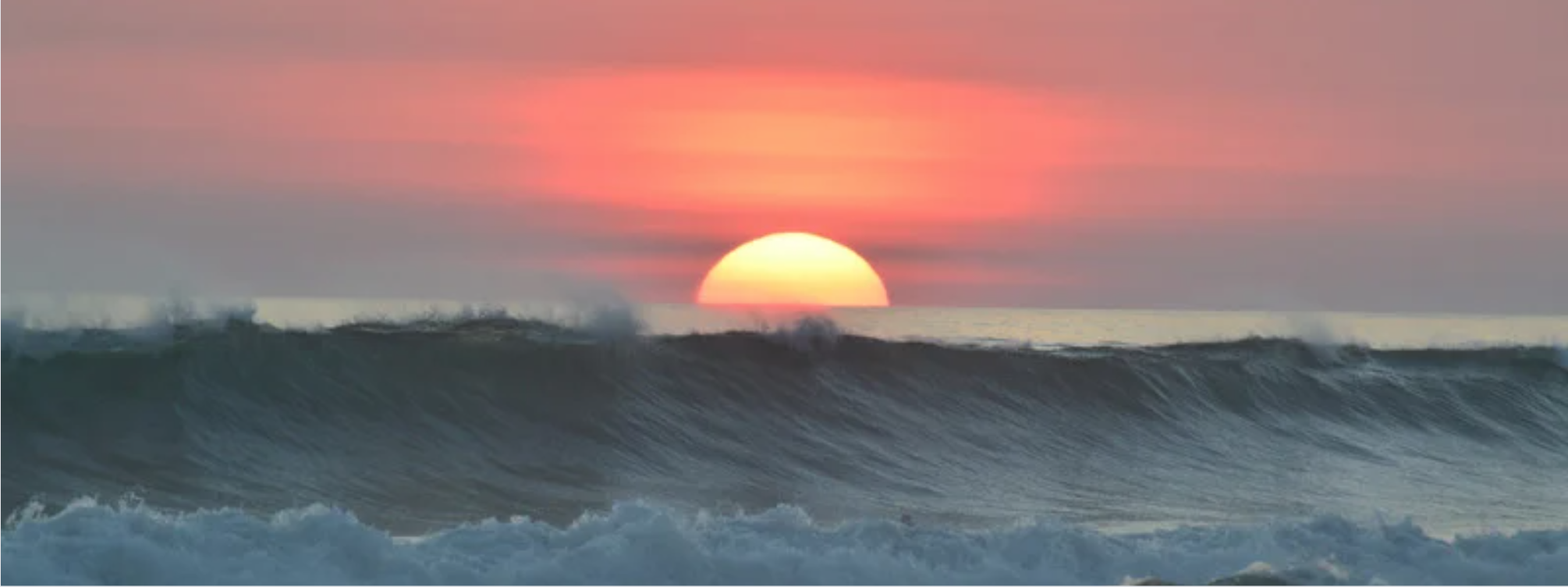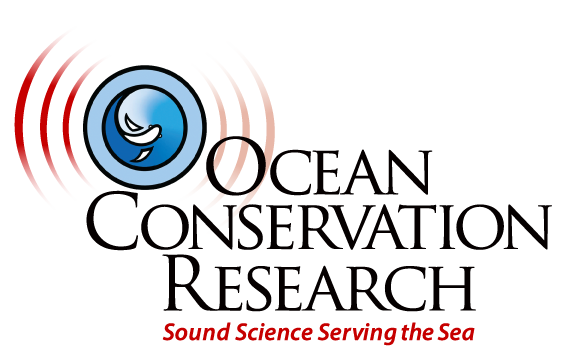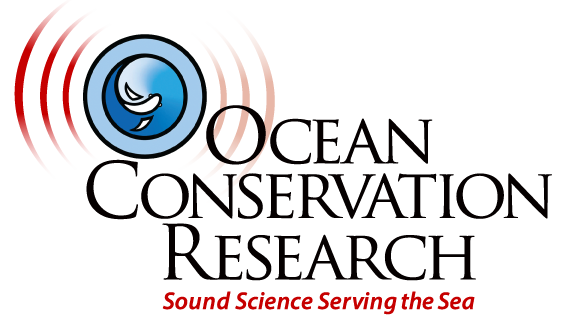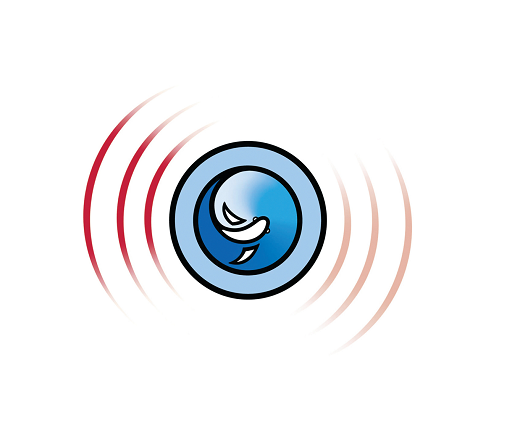2022 Progress Report

This year marks the 50th anniversary of a whole raft of legislation that back-checked the wholesale destruction of our Nations environment. The Environmental Protection Agency, Marine Mammal Commission, National Oceanographic and Atmospheric Agency, National Marine Fisheries Service, and the Department of the Interior – and all of the environmental regulations they direct and manage, are all 50 years old this year.
These agencies have done much to improve our habitat and restore threatened animal populations. They also provided a lot of us with a job when we grew up. Without these agencies to enlist (and bother), we’d have little to do. And this year we did a lot!
OCR VP of Marketing and Communications Daniela Huson turns out to be a crack video producer, that among other videos, created a small raft of video clips celebrating the Marine Mammal Protection Act 50th Anniversary. Collaborating with NRDC and Animal Welfare Institute, we took this campaign East – Daniela to the Marine Mammal Science biennial conference in Florida, and me to Washington DC – “polishing the marble” and sharing our other concerns with regulators and legislators.
This year also marks the second year we’ve been focused a lot of our efforts on Offshore Wind (OSW). It’s not that offshore oil has paused, but OSW is advancing at such a clip, we (and our many conservation colleagues) are scrambling just to keep up.
It remains a bit conflicted, because on the surface, pivoting away from carbon-intensive energy seems like an idea we in the conservation business should endorse. But if you have been following our work over the last two years, you know that there are a lot of problems. So we have a situation where the big conservation organizations are “putting on the happy face” while the offshore leases and “Construction and Operation Plans” barrel ahead – with OCR being the barking dog in the corner of the room, trying to alert anyone who might listen that there are some serious problems facing us with offshore wind.
There are a lot of moving parts in this inquiry, some of which were addressed by the research presented at a session I chaired on OSW at the Denver meeting of the Acoustical Society, and then again in Berlin, presenting on OSW noise sources at the “Aquatic Noise 2022” conference.
There were some surprises at both of these conferences. I was in a Acoustical Standards Meeting in Denver when we were visited by Tim Schoecle from ISO (International Standards Organization) Underwater Communications Committee who though that we should know that their committee was working on standards for “The Underwater Internet of Things.”
This has been a big red light in my dashboard for a while – inasmuch as the acoustical signals they are proposing will become globally ubiquitous, and currently they sound really nasty. As a member of ISO “Underwater Acoustical Terminology” committee, we are pulling together experts to collaborate with the ISO Underwater Communications committee to navigate this fraught, and potentially pernicious mine-field.
The Berlin AN 2022 surprise was revealed by Bruce Martin with JASCO Applied Science – who, while monitoring the soundscape of the Salish Sea, uncovered an ubiquitous noise source in the 20kHz-30kHz band – right in the “sweet spot” of dolphin hearing. This turns out to be “ultrasonic” anti-fouling systems which buzz the hulls of ships and boats to keep barnacles and other marine life from settling into the vessel’s hulls.
If you might imagine a screaming leaf-blower in your own habitat that’s never stops, you’d get an idea of what this noise might sound like for marine animals.
We’re not sure about how to tackle this, except for our “Barking Dog in the corner is the room” routine, although our alert newsletter on this issue did raise many concerned eyebrows across the academic and regulatory communities. Unfortunately, the toothpaste is already out of the tube on this very serious ocean noise problem.
Another one of our Barking Dog efforts involves the high-energy, low frequency noise generated by wind turbines as the blades intersect the ‘stagnate’ air bubble that piles up in front of the turbine mast. It turns out that this produces a really loud, low frequency “thump” which, while too low for humans to consciously hear, is in the perceptual range of migrating birds, which sense shifts in barometric pressure as navigation and flight cues. With thousands of turbines planned offshore along the “Atlantic Flyway,” this really loud, low-frequency noise field might end up being a problem.
I mentioned this to a bunch of ornithologists in a scientific Zoom, and the following silence was deep enough to hear the quiet gulps and gasps…
And these anecdotes are a little over half of the things I had on my list! But in the spirit of keeping our year-end newsletters down to one printed page I’ll wrap it up in gratitude.
This is OCR’s 15th year anniversary(!). You never know where these threads will lead unless you pull them, but due to your vote of confidence and ongoing support, it is clear that the OCR enterprise has made some deep marks on the ocean noise inquiry.
Your financial contribution will help us continue this work, making a big difference for our countless ocean relatives (…and I didn’t even get into the invertebrates….).
Sincerely,
Michael Stocker


